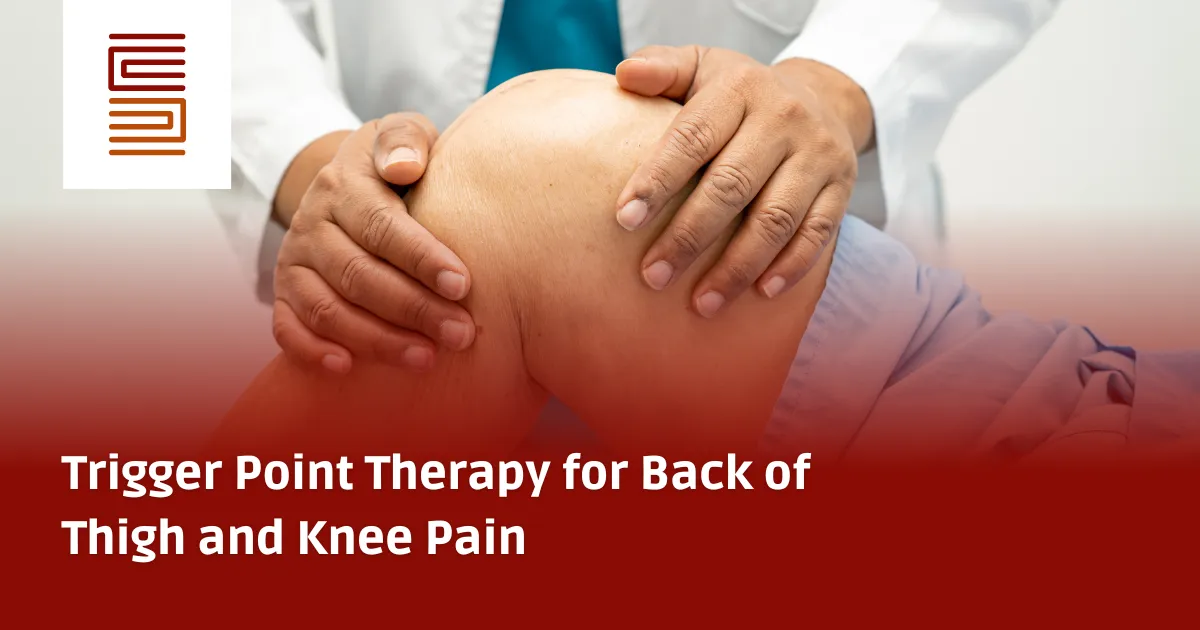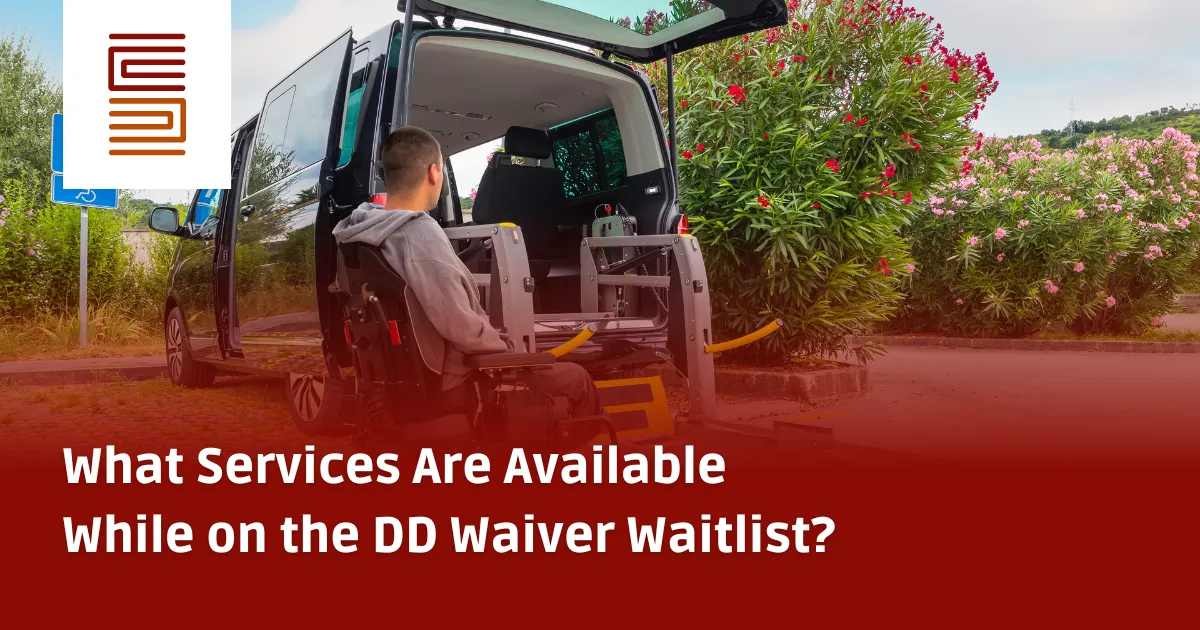Trigger Point Therapy for Back of Thigh and Knee Pain
Learn how trigger points in the hamstrings, gluteus minimus, and gastrocnemius muscles contribute to back of thigh and knee pain and how to manage them effectively.
Understanding Trigger Point Therapy for Thigh and Knee Pain
Pain in the back of the thigh and knee is commonly caused by muscle tension and trigger points in key muscle groups. If left untreated, this tension can lead to chronic stiffness, cramps, and an increased risk of muscle strain.
The hamstrings, gluteus minimus, and gastrocnemius muscles are the primary sources of discomfort in these areas. Trigger point therapy focuses on relieving these tight knots, improving mobility, and reducing pain.
Key Muscle Groups Involved in Thigh and Knee Pain
- Hamstrings – Includes the semitendinosus, semimembranosus, and biceps femoris. These muscles support posture, knee flexion, and walking.
- Gluteus Minimus – A small, deep muscle in the buttocks that stabilizes the pelvis and can refer pain down the back of the leg.
- Gastrocnemius – The calf muscle that plays a key role in walking and can contribute to knee and foot pain.
Hamstring Trigger Points and Back of Thigh Pain
The hamstring muscle group consists of three muscles:
✔ Semitendinosus
✔ Semimembranosus
✔ Biceps Femoris
These muscles attach to the pelvis and lower leg, playing a crucial role in maintaining posture and supporting movement.
Symptoms of Hamstring Trigger Points
- Pain in the back of the thigh and lower buttocks
- Stiffness while walking or running
- Pain radiating to the back of the knee
- Cramping, especially at night
- Muscle weakness leading to overcompensation in other thigh muscles
Common Causes
✔ Overuse from activities like running or prolonged sitting
✔ Poor posture and spinal misalignment
✔ Weakness in surrounding muscles leading to compensatory strain
How to Relieve Hamstring Trigger Points
- Self-massage using a foam roller or massage ball
- Stretching exercises to lengthen tight muscles
- Heat therapy to improve circulation and relax muscle fibers
Gluteus Minimus Trigger Points and Back of Thigh Pain
The gluteus minimus is a small, deep muscle in the buttocks that stabilizes the pelvis and assists in leg movement.
Symptoms of Gluteus Minimus Trigger Points
- Pain in the buttocks and back of the thigh
- Referred pain that mimics sciatica
- Weakness in the hip and thigh
- Increased discomfort while walking or standing for long periods
Common Causes
✔ Long periods of immobility (sitting for extended periods)
✔ Lower back muscle dysfunction
✔ Improper body mechanics and limping due to injuries
How to Relieve Gluteus Minimus Trigger Points
- Trigger point release therapy using deep tissue massage
- Stretching exercises to restore flexibility
- Posture correction and movement therapy to prevent future strain
Gastrocnemius Trigger Points and Back of Knee Pain
The gastrocnemius muscle (part of the calf) attaches behind the knee joint and extends downward to the Achilles tendon.
Symptoms of Gastrocnemius Trigger Points
- Pain in the back of the knee
- Calf cramps, especially at night
- Pain extending to the bottom of the foot
- Difficulty walking upstairs or on inclines
Common Causes
✔ Overuse from excessive walking, running, or prolonged standing
✔ Poor hydration or electrolyte imbalance
✔ Weakness or imbalance in the lower leg muscles
How to Relieve Gastrocnemius Trigger Points
- Deep tissue massage or myofascial release
- Stretching and mobility drills for the calves
- Hydration and proper nutrition to prevent cramping
Trigger Point Therapy Techniques for Pain Relief
Trigger point therapy focuses on deactivating muscle knots to relieve tension and restore normal movement.
Effective Techniques Include:
✔ Manual Pressure – Applying gentle, sustained pressure to trigger points
✔ Stretching and Mobility Work – Loosening tight muscle fibers
✔ Massage Therapy – Targeting deep tissue tension
✔ Foam Rolling – Breaking down tight muscle knots
✔ Heat and Cold Therapy – Reducing inflammation and improving circulation
Integrating these methods into a pain management routine can significantly improve mobility and comfort.
How NMSN Supports Pain Management
At New Mexico Support Network (NMSN), we provide comprehensive services to help individuals manage pain, mobility issues, and rehabilitation needs.
✔ Home Care Services – Supporting mobility and daily activities
✔ Medical Staffing for Pain Management Professionals – Connecting patients with skilled therapists and specialists
✔ Hospice Care Assistance – Providing compassionate pain relief for individuals with chronic conditions
Whether you need therapeutic support, home care services, or specialized pain management, we are here to help.
Take the Next Step Toward Pain Relief
If you’re experiencing back of thigh or knee pain due to trigger points, seeking professional support can help you regain mobility and comfort.
For expert guidance, contact New Mexico Support Network today.
📩 Email: care@nmsupport.com
📞 Phone: +18337730033 or +1 575 449 2009
🌐 Visit: New Mexico Support Network




